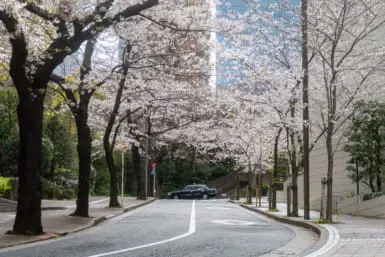An interim strategy approved by Asian Development Bank could pave the way for international lenders to pour in funds to Myanmar after assistance was suspended during the country’s junta regime.
The World Bank is expected to approve a similar plan next week, underlining the “unusually high degree of cooperation” between the two banks to entrench re-engagement with Myanmar.
The strategy intends to draw the “parameters” for projects and fund allocation, which also involves a joint “policy matrix” that would assess areas for potential assistance to avoid duplicating aid initiatives.
“It essentially sets the boundaries around what we would do – and it’s something we have to have in place before we can move on to the next phase. In that sense, it is vital,” ADV vice-president for East Asia Stephen Groff told the Financial Times.
“There is very high level of good cooperation … we don’t want to contribute to overwhelming government capacity to absorb aid. We want to avoid overlap.” Mr. Groff underscores the “huge interest” from multilateral and bilateral donors as ADB forecasted Myanmar’s economy to grow about 6.3% in 2013 and 6.5% in 2014, from 5.5% this year.
The interim strategy identified three key areas for funding: education and training; economic programmes such as to promote trade, investment, job creation and economic diversification; and rural development including infrastructure and social services.









